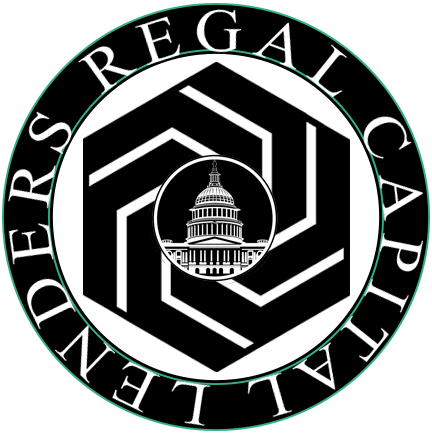10 Red Flags to Watch Out for When Dealing with Antique Jewelry Buyers
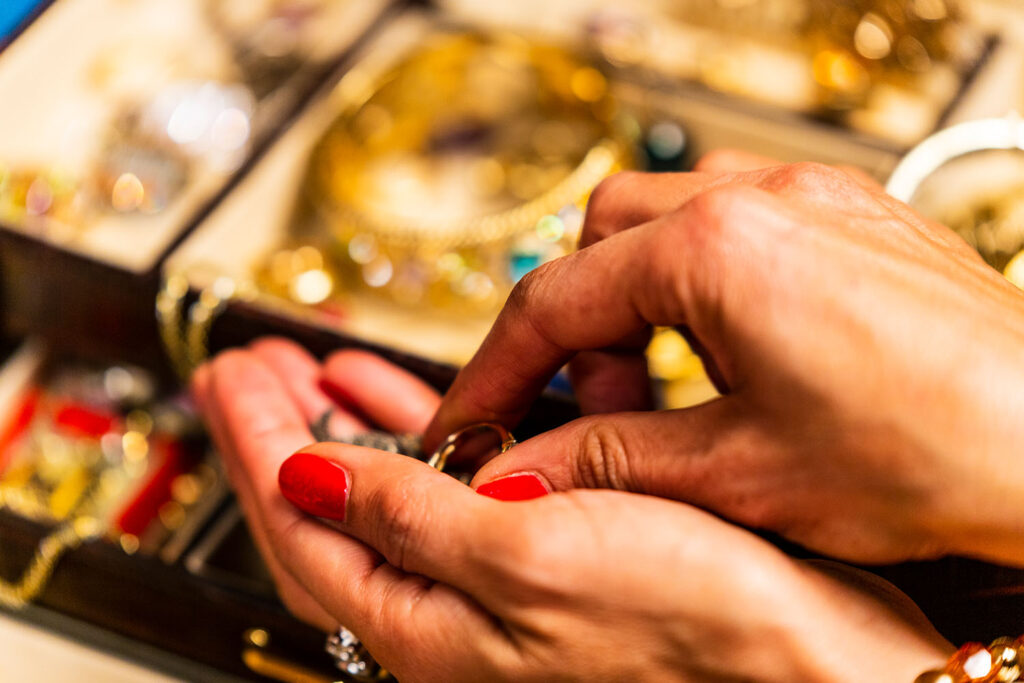
Getting into antique jewelry can be thrilling, but staying on guard is crucial, especially when dealing with buyers. Whether you’re a seasoned collector or starting, being aware of potential problems is critical. There are sure signs you should be wary of when engaging with antique jewelry buyers, as they could indicate trouble ahead. By learning about these warning signals, you can ensure that your interactions in the antique jewelry world are smooth and successful.
When it comes to antique jewelry buyers, it’s essential to approach with caution. From questionable claims about authenticity to suspicious pricing tactics, there are several red flags to watch out for. Understanding these warning signs will help you make informed decisions and protect yourself from potential pitfalls in the antique jewelry market.
10 Red Flags to Watch Out for When Dealing with Antique Jewelry Buyers
Entering the world of antique jewelry can be an exciting endeavor, whether you’re looking to buy or sell. However, it’s essential to approach transactions with antique jewelry buyers cautiously to avoid potential pitfalls. In this guide, we’ll explore ten red flags you should be aware of when dealing with antique jewelry buyers, helping you confidently navigate the market and ensure a positive experience.
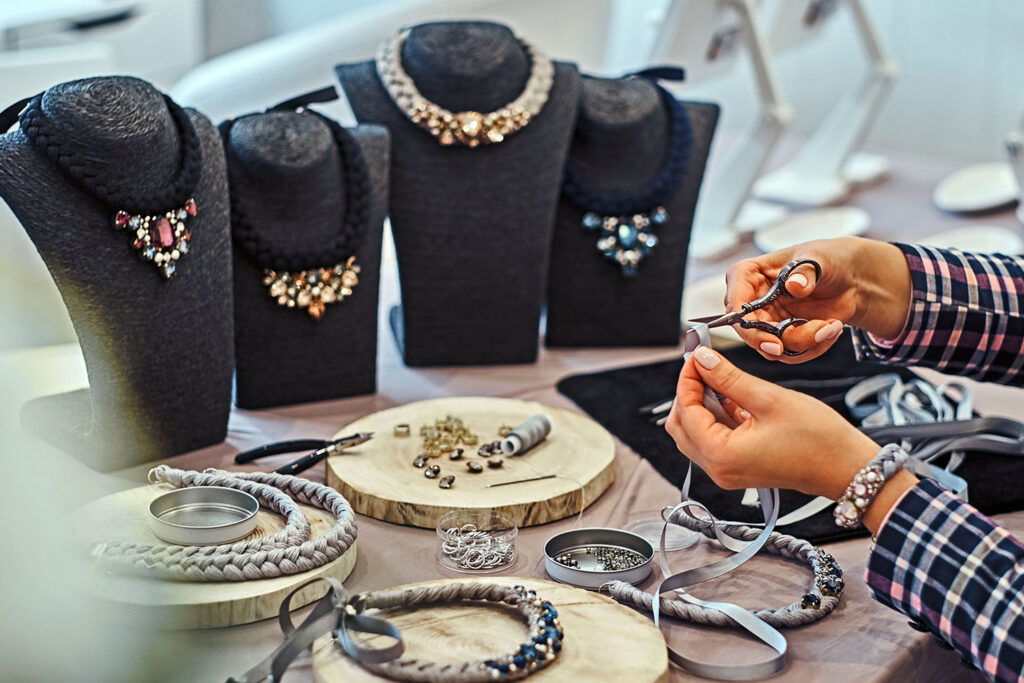
Lack of Expertise:
This refers to antique jewelry buyers who don’t seem knowledgeable about the items they’re dealing with. They may need help to accurately assess the pieces’ value, authenticity, or historical significance. Dealing with such buyers can lead to the undervaluation of your items or potential misunderstandings about their quality. [1]
Refusal to Provide Information:
Transparent communication is vital in any transaction, especially regarding valuable items like antique jewelry. If a buyer is hesitant to share details about their background, credentials, or the history of their collection, it raises concerns about their legitimacy and trustworthiness.
Unrealistic Valuations:
Buyers who offer valuations significantly higher or lower than market standards without valid reasons may not have your best interests at heart. They might be trying to take advantage of you or manipulate the value of the items for their benefit.
Pressure to Sell Quickly:
Genuine buyers should respect your decision-making process and give you the time to consider your options. If a buyer presses you to sell quickly without allowing you to assess the offer or seek other opinions thoroughly, it’s a red flag that they might have ulterior motives.
Inconsistent Communication:
Reliable communication is essential for a successful transaction. If a buyer is evasive, takes a long time to respond, or provides conflicting information, it can be a sign of unreliability or lack of commitment. [2]
Reluctance to Authenticate:
Authenticating antique jewelry is crucial to ensure its value and authenticity. If a buyer hesitates to undergo independent authentication or appraisal processes, it raises suspicions about the item’s origin or condition.
Sketchy Payment Methods:
Secure and transparent payment methods are essential to protect both parties. A buyer’s insistence on unconventional or insecure payment methods could be a warning sign of potential fraud or dishonesty.
Overemphasis on Brand Names:
While brand names can add value to specific pieces of jewelry, buyers who prioritize them over historical significance or craftsmanship may overlook the unique qualities of antique items. This can result in the undervaluation of your pieces.
Unwillingness to Negotiate:
Negotiation is a standard part of many transactions, especially in antique jewelry, where prices vary widely. If a buyer refuses to negotiate reasonably or seems unwilling to compromise, it suggests inflexibility or lack of genuine interest.
Lack of Transparency:
Transparency is essential to build trust between buyers and sellers. If a buyer needs to be more specific about their intentions, processes, or terms of sale, it can lead to misunderstandings or even disputes down the line. Genuine buyers should be open and honest about their approach to the transaction. [3]
How to Know If Your Antique Jewellery Is the Real Deal
Antique jewelry holds a timeless appeal, but the risks of falling victim to scams lie amidst the allure. At Regal Capital Lenders, we understand the importance of authentic pieces. Here are four key considerations our experts recommend before making an antique jewelry purchase:
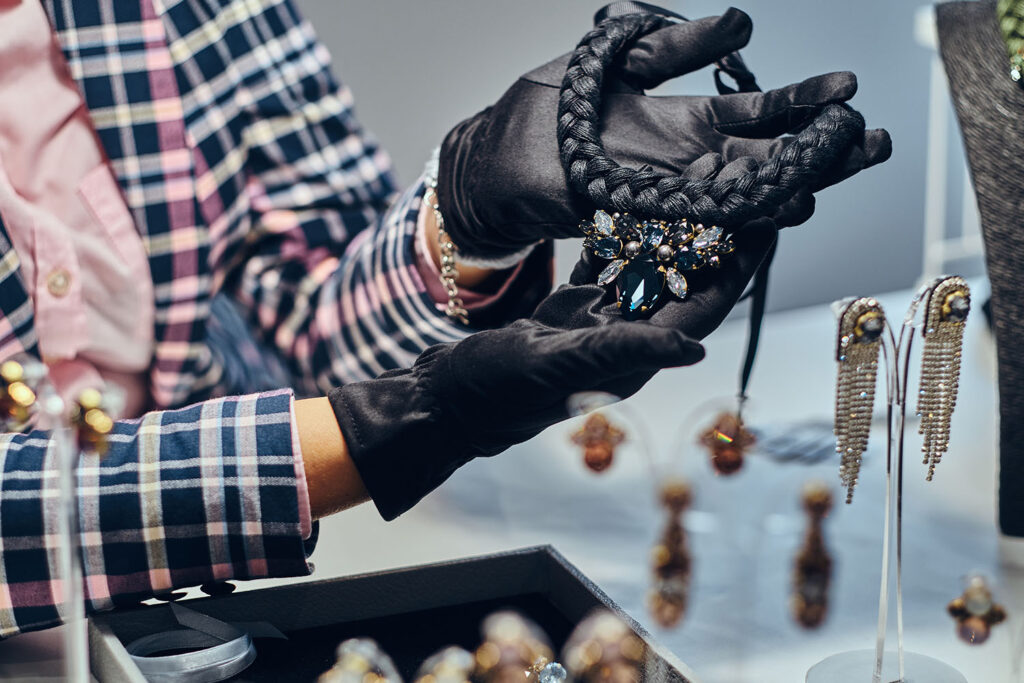
Craftsmanship:
Antique jewelry reflects exquisite craftsmanship, a hallmark of its authenticity. Pieces crafted a century ago were made to endure, showcasing intricate details that stand the test of time. However, beware of poor quality or craftsmanship, as they often signal counterfeit items.
Recasting antique pieces with new stones is a common fraud tactic, resulting in inferior workmanship. Additionally, inspecting for the maker’s mark, typically found in pieces predating the 1950s, provides valuable insight. Researching these marks aids in distinguishing genuine pieces from replicas, as forgers frequently overlook historical nuances.

Seller and Price:
Identifying reputable sellers is paramount in avoiding counterfeit jewelry. Online platforms like eBay can harbor fraudulent listings, especially when a seller offers multiple identical pieces.
At Regal Capital Lenders, we advocate for thorough inquiries into a piece’s history and provenance. Honest sellers readily provide such information, facilitating informed decisions. Suspiciously low prices often indicate newer items masquerading as antiques, prompting cautious scrutiny.
Wear and Tear:
Authentic antique jewelry exhibits signs of wear, known as patina, indicative of its age and authenticity. While imperfections are expected, excessive flaws may hint at counterfeit or heavily restored pieces. Tarnish, dents, and other wear marks characterize genuine antiques, offering tangible evidence of longevity. [4]
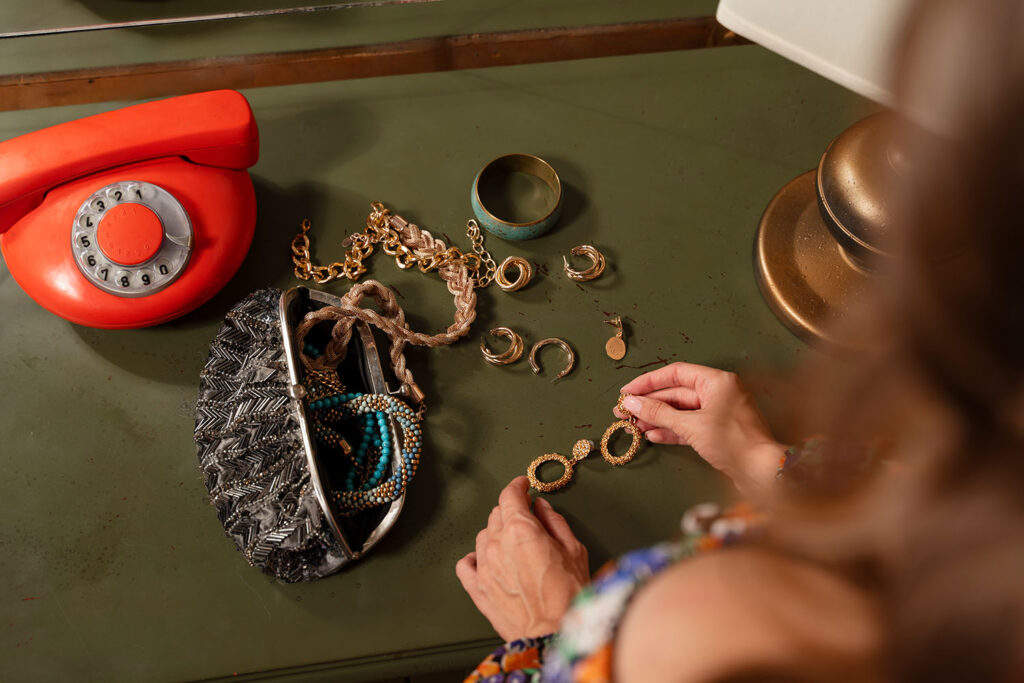
Certification:
Certification plays a pivotal role in verifying the authenticity of gemstones, particularly for those lacking expertise. At Regal Capital Lenders, we emphasize the importance of natural and untreated stones, necessitating certification for certain gems like emeralds.
The surge in demand for experts certifying gemstones underscores the significance of validation, safeguarding buyers from counterfeit or misrepresented items. Notably, distinguishing between natural and cultured pearls is crucial, with natural pearls from antiquity holding unparalleled value compared to their cultured counterparts.
Conclusion:
In wrapping up, it’s essential to emphasize the importance of seeking professional guidance when valuing old jewelry. Jewelers can perform tests to verify authenticity and assess metal purity, while certified appraisers offer comprehensive valuations considering craftsmanship and market demand. This ensures that antique jewelry buyers, like those working with Regal Capital Lenders, can confidently make informed decisions, knowing the true value of their investments. Contact us now.
FAQs
How do I know if my old jewelry is valuable?
To determine the value of your old jewelry, it’s best to visit a jeweler for professional testing to authenticate its authenticity and assess the purity of its metal. A certified appraiser can also provide a comprehensive valuation based on craftsmanship and market demand.
Is it worth buying antique jewelry?
Absolutely investing in antique jewelry can be worthwhile for several reasons. Not only does antique jewelry hold historical significance and unique craftsmanship, but it can also be appreciated over time. As these pieces age, they become increasingly rare and sought after, making them highly desirable among collectors and enthusiasts who value the beauty of past eras.
References:
[1]https://www.mabelmain.com/red-flags-when-buying-wedding-rings-online
[2]https://www.kalmarantiques.com.au/articles/how-to-know-if-your-antique-jewellery-is-the-real-deal/
[3]https://www.linkedin.com/pulse/important-things-verify-before-buying-antique-vintage-network
